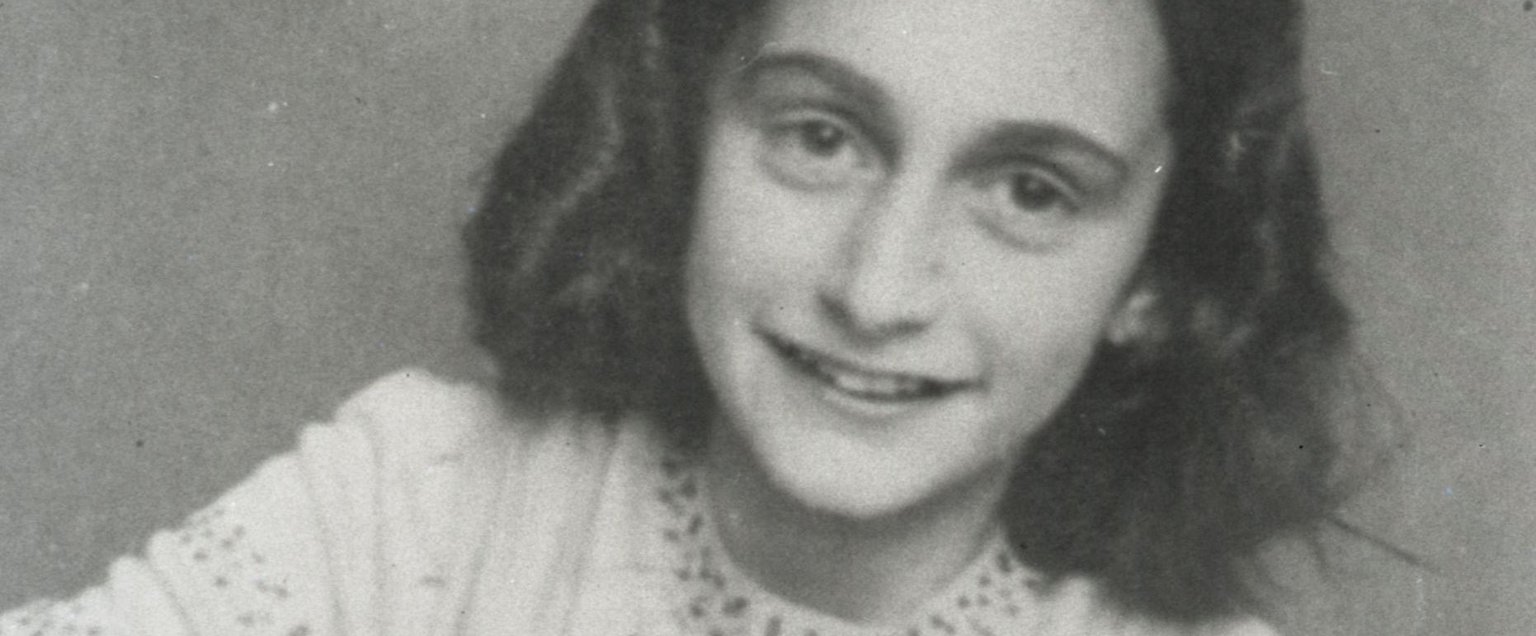Jan. 17, 2022
—
The cold case team led by former FBI agent Vince Pankoke this week presented its findings on the possible betrayer of Anne Frank.
The team concludes that Anne Frank and the other seven people in hiding at Prinsengracht 263 were very probably ('with 85% certainty') discovered because of the actions of the Jewish notary Arnold van den Bergh, a member of the Jewish Council, who they say may have handed over the addresses of people in hiding to the Nazis in an attempt to protect himself and his family. This conclusion has triggered worldwide controversy and stirred up strong emotions.
Pieces of the puzzle
The Anne Frank House is impressed by the cold case team’s detective work, but key pieces of the puzzle are still missing. The discovery of a copy of a letter among the estate of a police officer, in which it is claimed that notary Van den Bergh shared the Frank family’s hiding place with the Nazis, is remarkable. There is much to be said for following this trail, but the argument underlying the new betrayal theory is based on a number of assumptions, and no conclusive evidence has been found. More research is needed.
Questions
In any event, we have questions concerning several crucial elements of the theory: the copied letter, the role of Otto Frank, what is known about Van den Bergh in 1944 and – most importantly – whether the Jewish Council held lists of the addresses of Jews in hiding and, if these lists did exist, whether Prinsengracht 263 was included in one of them.
The copied letter: The cold case team has made a fascinating discovery with the letter retyped by Otto Frank accusing Van den Bergh. However, some unanswered questions remain: Where is the original? Who wrote the letter, and with what intention?
Otto Frank: When and how did Otto Frank acquire the letter? It is hard to see how Otto Frank could have been given the letter in 1945. Why would he seek the prosecution of another suspect in 1948 if he was in possession of information that pointed to someone else? What significance did Otto Frank attach to the letter? And why would he not have shared it with other people, including his confidant Johannes Kleiman?
Van den Bergh: The last known mention of Van den Bergh during the war dates from February 1944. Where was he after that, and what was he doing in the crucial period in which, according to the cold case team, he shared the list of addresses of people in hiding with the occupying Nazis?
List of hiding places: The cold case team has based its conclusions on ambiguous witness statements concerning the existence of lists of hiding places held by the Jewish Council. There is no evidence that these lists were in the possession of the Jewish Council (a number of well-informed historians, such as Bart Van der Boom, Laurien Vastenhout and Johannes Houwink ten Cate, have currently expressed their views on this), let alone that there was a list including the address of Prinsengracht 263. In view of the small number of people who knew about this hiding place, and given that as far as is known communications only passed via a small number of helpers, this is improbable. If the Jewish Council did possess these lists, then it has still not been shown that Van den Bergh had such a list and shared it with the Nazis. What is more, if the list had fallen into the hands of the Sicherheitsdienst in August 1944, then this should have led to a peak of raids on hiding places. No such peak is known to us.
Research by the Anne Frank House: The investigation that the Anne Frank House published in 2016 indicates a possible connection between the seizure of the eight people in hiding in the secret annex and the arrest of two representatives of Otto Frank’s company in March 1944 for clandestine trading in ration coupons. One of the detectives who was present on 4 August 1944 was a member of a unit that was specialised in these cases. These and other elements are not mentioned in the cold case investigation.
